How Australia’s SailGP Team Won a Nail-Biting Championship in San Francisco
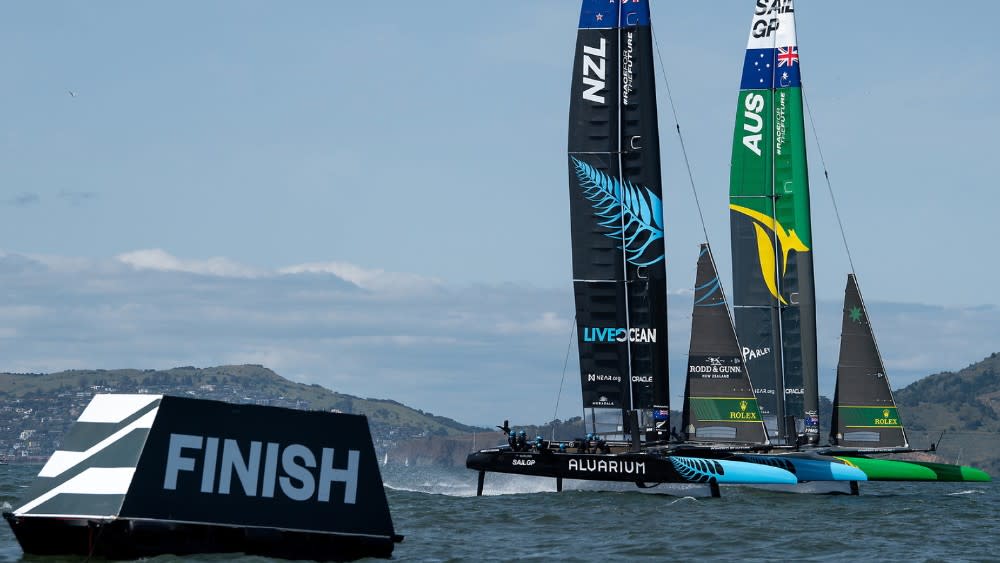
- Oops!Something went wrong.Please try again later.
After nearly a flawless season, the $1-million SailGP Grand Prix championship yesterday in San Francisco was team Australia’s to lose—and it nearly did. The Aussies seemed to be coasting to an easy win, but in the home stretch, driver Tom Slingsby made a tactical error on the F50 raceboat before the final mark that gave New Zealand the opportunity to pass them at the finish line.
“I can’t believe I’m going to choke like this in front of everyone around the world,” said Slingsby, recalling his thoughts at the moment his boat suddenly decelerated. “This could’ve been the biggest joke of all time. We win everything and lose the last race.”
More from Robb Report
Bradley Cooper Just Sold His Quaint Venice Beach Bungalow for Nearly $1 Million Above Asking
A Woman Survived 5 Days in the Australian Bush With Just a Bottle of Wine to Drink
But he didn’t: The Australians kept a narrow lead—a matter of seconds—and squeaked across the finish line in front of the Kiwis, with Great Britain finishing a distant third.
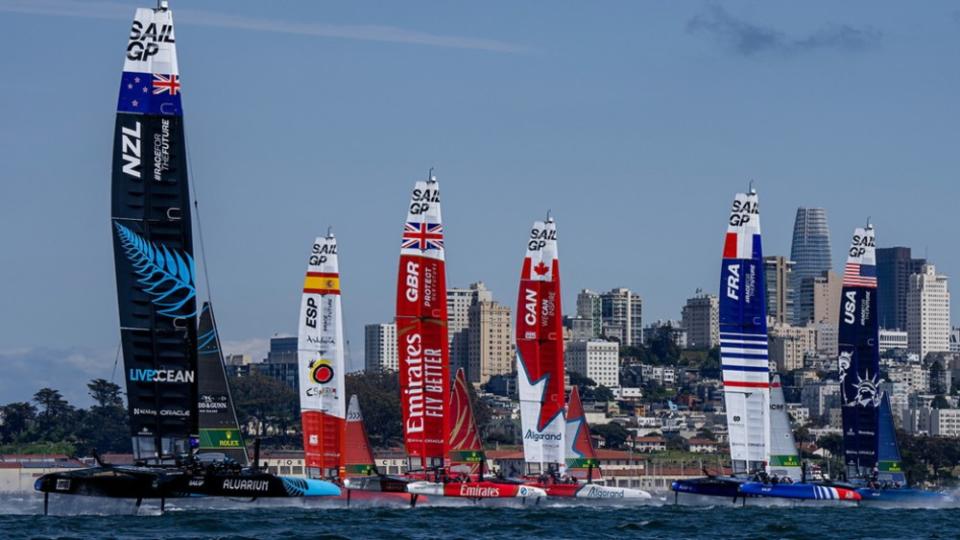
Yesterday’s racing completed the third season of SailGP, a performance-based race league styled after Formula One, with teams from nine countries competing last season in 11 venues around the world.
The circuit traveled from Bermuda to Great Britain, Dubai, Australia and New Zealand and six other locations, playing to large crowds in each venue—but more importantly to the television and online audiences that founders Oracle Chairman Larry Ellison and SailGP CEO Russell Coutts, who led multiple America’s Cup campaigns for Ellison, hope will become a successful business model for sailing.
“It’s all about the eyeballs,” Jimmy Spithill, CEO and lead driver of the US team, told Robb Report, referring to developing a global fan base large enough to attract sponsors, advertisers and franchise owners for each team.
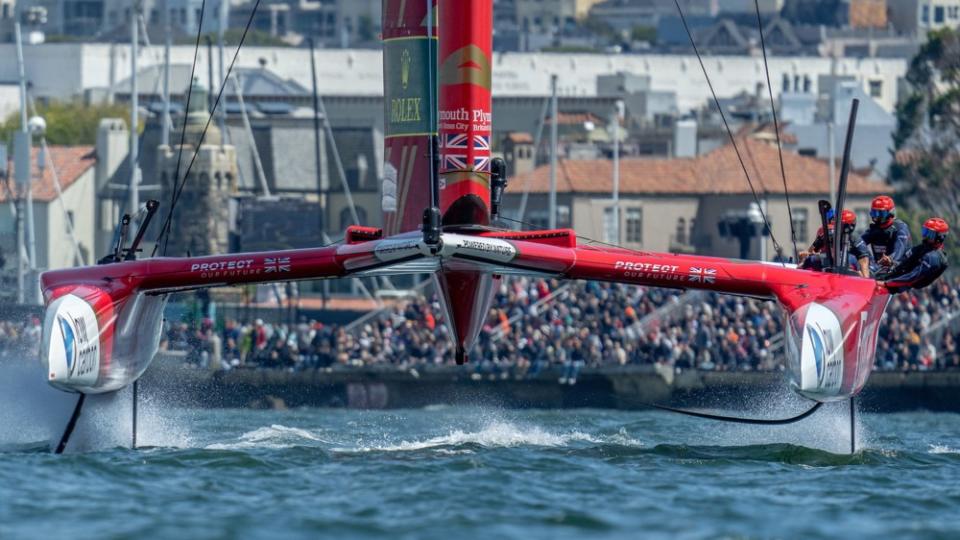
Several events have turned in strong numbers. Last September’s racing weekend in St. Tropez, broadcast on CBS, attracted 1.609 million viewers—the most-watched sailing event in 30 years. That weekend, the French team set a new record of 62 mph on its F50, a speed that reflects the advanced technology of the F50’s foiling design. Later that month in Italy, the race viewership rose to 1.636 million.
“This really does give us confidence in the property we are creating and shows the importance of developing a fan-centric broadcast offer with innovative technology,” said Coutts after the event.
But as it moves towards the season 4 opener in Chicago on June 16, the fledgling league will be facing a pivotal year. Ellison made a five-season commitment to bankroll SailGP’s original teams for about $5 million each per year, with the understanding that they be financially independent.
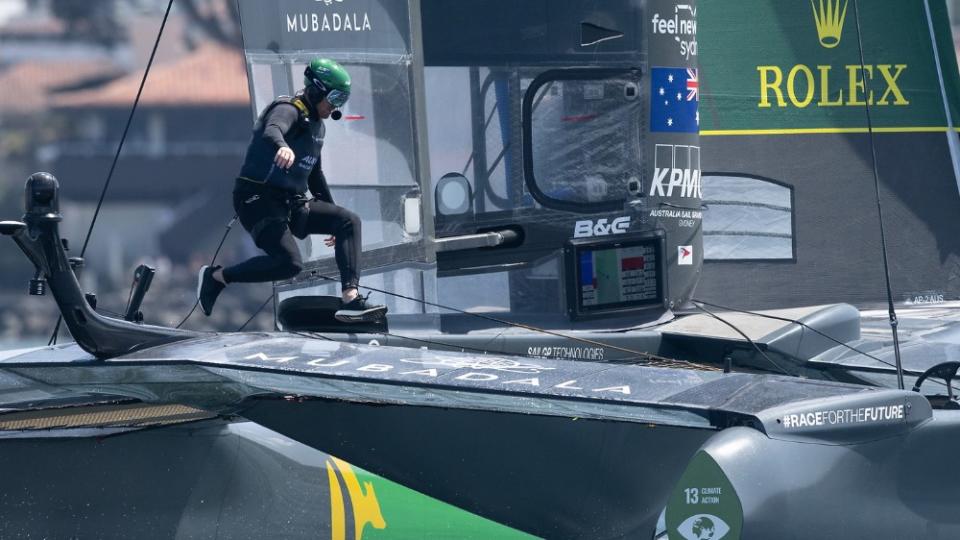
That means the teams will need to become profitable in the next two seasons—which could be a challenge, since billionaires typically finance sailing’s largest races like the America’s Cup. For the first time ever, the captains are also chief executives, responsible not only for racing but also the business side of each team.
“We’re focused right now on growth,” says Ben Johnson, SailGP’s commercial director for the Americas when asked about profitability. “We see a lot of promise. There’s nothing like SailGP from an experiential or family-friendly brand—and we’re tapping into America’s growing love of race sports. We see tremendous potential in our fan base here.”
Whether the league can grow the US fan base fast enough to turn the numbers into sponsors and revenue remains to be seen. The US team currently has Red Bull as a sponsor, and SailGP recently signed a ten-year agreement with Rolex as a league sponsor. SailGP has also added Los Angeles to New York, Chicago and San Francisco as a season-4 venue, giving the US the largest number of races. Canada will also have a race weekend, giving North America five out of 12 global events.

But the US team has had a lackluster year, finishing sixth out of 9 teams. Spithill, a legend in sailing, took over as driver/CEO in season two and managed to lead the US team into the Grand Prix finale by the end of that season.
“We basically built the brand from the ground up that year,” he says. But since then, the team has been “rotating through athletes” mostly because of injuries. That has led to inconsistent performance, says Spithill, especially considering training is limited to a single session before each race weekend. The team had only 20 total hours to train together last season. Such a limited time makes it challenging for any new sailor trying to learn these fast, technical raceboats. “Our future plans have to involve some sort of a training program,” says Spithill.
That’s echoed by new teams like Spain and Canada. “It’s actually really difficult to get quality time on the water,” says Phil Robertson, Canada’s driver and CEO, who has nonetheless had a decent season.
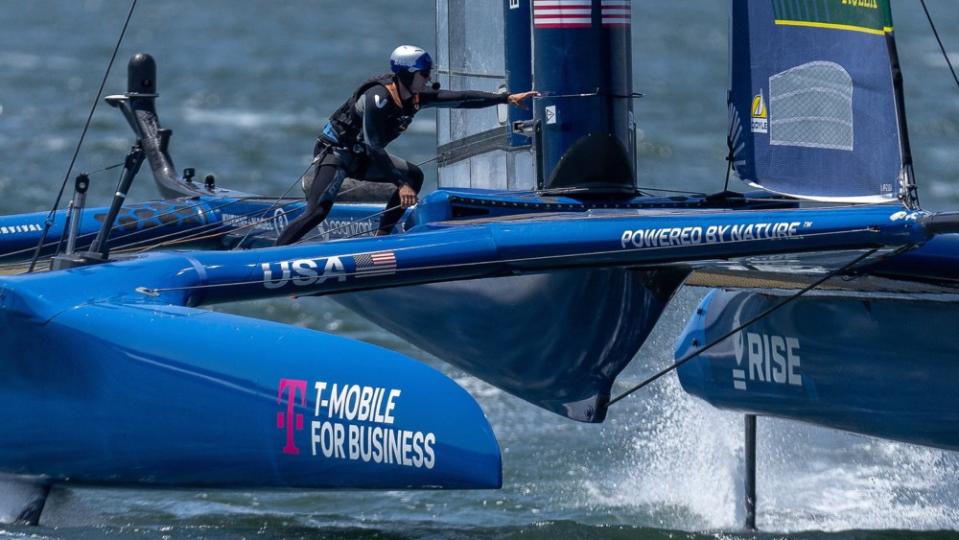
The league has coalesced into three to four teams at the top, mostly from countries with strong sailing cultures, with the newer, less experienced teams like Switzerland and Spain stuck at the bottom. A team from a new country will be announced later this year, according to SailGP officials, bringing the total to ten.
Since SailGP started, the roster has been fluid. Teams from Japan and China have dropped out, while others have signed on. At Friday’s press conference, the driver/CEOs from Spain and Canada were asked if they will have the financial means to continue next season. (Both politely dodged the question, saying they were focusing on this season.)
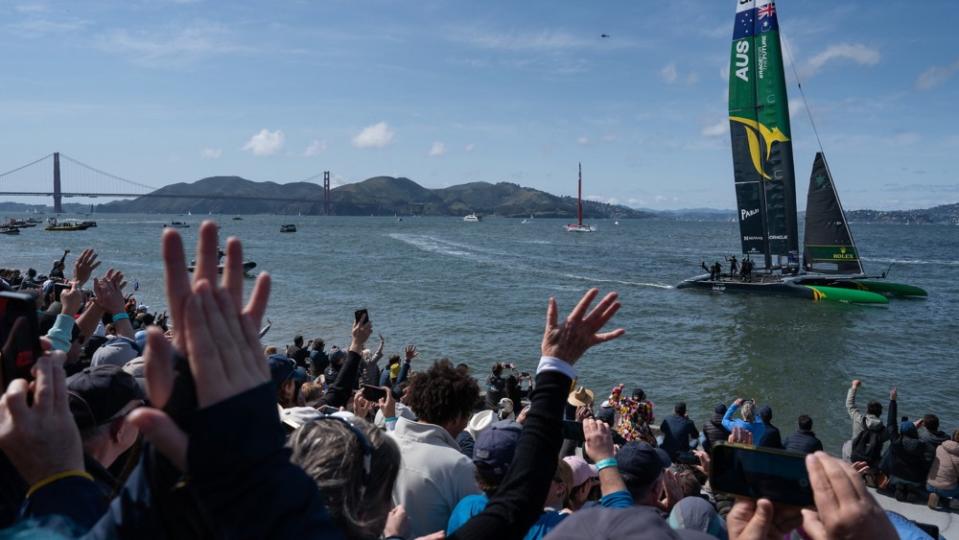
So far, only two teams—Denmark and Great Britain—have found corporate or individual owners, adopting the league’s preferred business model. “I believe in this franchise model,” Ben Ainsley, CEO and driver of Great Britain’s team, said in a video spot. SailGP says it plans to announce at least two new franchise owners each year.
Despite the internal growth pains, the season finale in San Francisco was electric. The near-shore racing played to full bleachers of cheering crowds along the Golden Gate Yacht Club’s waterfront, while on large video screens, SailGP used a fast-paced feed of live shots from helicopters, photo boats and cameras on the raceboats, along with speed statistics, to capture the action. The league excels in presenting the racing visually, gearing it to a younger audience.
Over the weekend, there was also the drama that came with the racing: Great Britain’s Ainsley, arguably the most accomplished sailor in the league, versus France’s upstart driver Quentin Delapierre, both trying to secure a spot in the final.
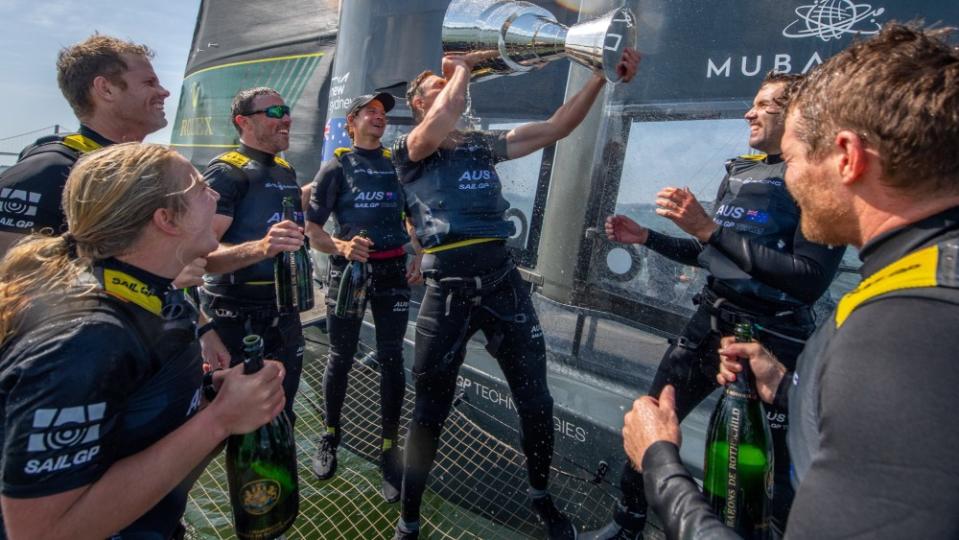
Then there were Team USA’s struggles, New Zealand’s lackluster performance until the last day of racing and Australia’s dominance over the rest of the league. Along the way came crashes, near-misses and plenty of tactical maneuvering on the fast, flying raceboats. “The level of aggressiveness has really stepped up,” noted one commentator.
In the final, winner-takes-all $1 million race, it came down to the nail-biter finish between New Zealand and Australia. At one point, the Aussies had a 200-yard lead over New Zealand. “They just kept gaining and gaining,” recalled Australia’s Slingsby.
But in the end, with not much open water between them, Australia crossed the finish line ahead of New Zealand, setting up next season’s rivalry.
Best of Robb Report
Sign up for Robb Report's Newsletter. For the latest news, follow us on Facebook, Twitter, and Instagram.

